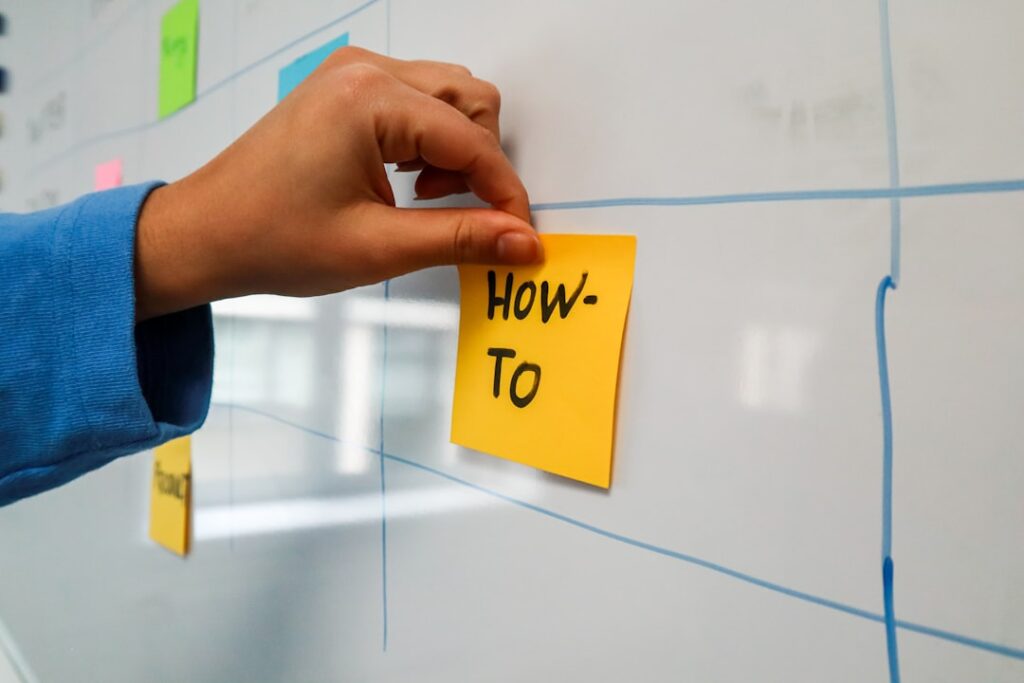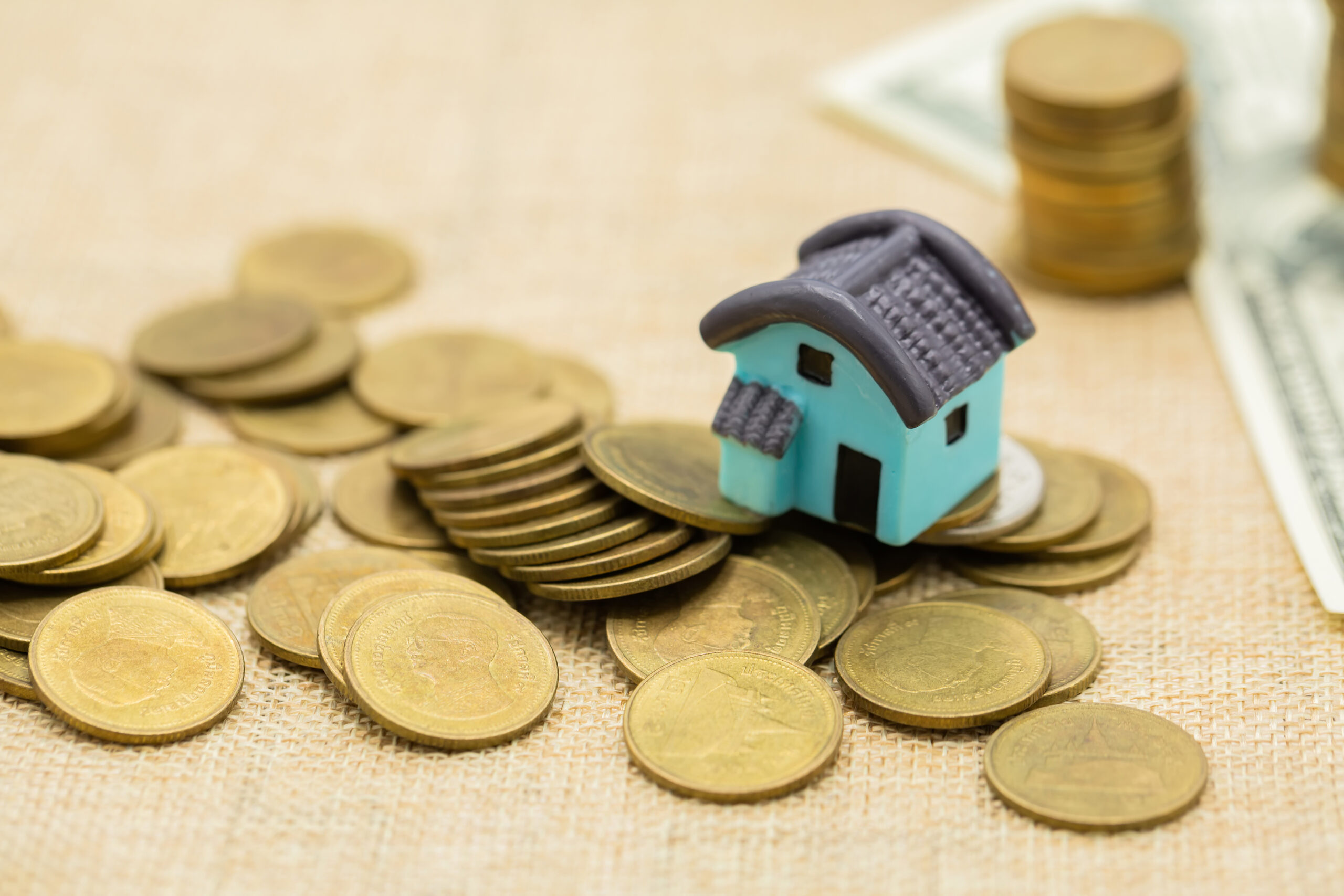Homeownership comes with many financial responsibilities, one of which is managing the mortgage. But what if there was a way to borrow against your home’s equity, manage your payments, and still keep a steady cash flow? Enter the HELOC (Home Equity Line of Credit) with interest-only repayment. This type of loan allows homeowners to access capital while only paying the interest during the initial draw period, which can make managing debt much more flexible.
In this article, we will dive into how a HELOC loan with interest-only repayment works, why it’s an appealing option for some homeowners, and how it can be used strategically. We’ll also weigh the pros and cons, discuss how to manage risks, and answer some frequently asked questions to help you determine if this option is right for you.
What is a HELOC Loan and How Does Interest-Only Repayment Work?

Discover how homeowners are eliminating debt and mortgage interest payments in just 5 years without changing their budget or lifestyle. Learn more here.
A HELOC is a Home Equity Line of Credit that allows homeowners to borrow money against the equity they have built in their property. Unlike a traditional mortgage, which gives you a lump sum of money to pay off over time, a HELOC works more like a credit card. You are given a credit limit based on your home’s equity, and you can borrow as needed. HELOCs typically offer lower interest rates than credit cards and can provide a flexible way to fund various projects or investments.
The draw period of a HELOC is the time frame during which you can access funds. This period is often between 5 to 10 years. After the draw period ends, you enter the repayment period, where you are required to start paying off both the principal and interest.
Interest-Only Repayment Feature Explained
An interest-only repayment feature allows you to only pay the interest on the borrowed amount during the draw period, without having to pay down the principal balance. For example, if you have a $50,000 balance on your HELOC and the interest rate is 5%, you would pay $2,500 in interest for the year, with no payments going toward reducing the balance.
This is particularly useful for homeowners who want lower monthly payments during the initial period or for those who want to use the extra funds to invest or pay off high-interest debt. While you are not paying down the principal during the draw period, your outstanding balance remains the same unless you choose to make extra payments.
Once the draw period ends, you move to the repayment period, where the monthly payments will increase because you must start paying both principal and interest. Typically, the repayment period lasts for 15 to 20 years, depending on the terms of your HELOC.
Discover how a little-known home equity strategy can help you free up cash flow, manage debt, and build wealth—without changing your current income or expenses.
Learn how you can pay off your mortgage in just 5 years by attending the 5-day “Cashflow Empire Live” event. Join now.
Why Choose a HELOC Loan with Interest-Only Repayment?
1. Lower Initial Monthly Payments
One of the key reasons homeowners choose a HELOC with interest-only repayment is the lower monthly payments. During the draw period, you are only required to pay interest, not principal. This can dramatically reduce your monthly payment, freeing up cash for other uses such as investing, saving, or handling other expenses.
For example, if you were to take out a $50,000 HELOC at an interest rate of 5%, your monthly interest-only payment would be approximately $208 ($50,000 x 5% / 12 months). Contrast that with a traditional loan where you would likely pay much more, as payments include both principal and interest.
This lower payment is ideal for homeowners who need temporary cash flow relief or have unpredictable income streams, such as freelancers or business owners.
2. Flexibility in Repayment
Unlike traditional loans, a HELOC offers flexibility in how much you can borrow, how much you repay, and when. Since the loan is a revolving line of credit, you can draw from it as needed, repay the balance, and borrow again, similar to how a credit card works.
During the interest-only draw period, you have the flexibility to:
- Make only the interest payments, keeping monthly costs low.
- Pay down principal if you have the extra cash, reducing your balance and interest payments in the future.
- Borrow additional funds for home improvements, emergency expenses, or investment opportunities without having to reapply for a loan.
This level of flexibility is ideal for homeowners who want more control over how much they pay each month, while still being able to access capital when necessary.
3. Access to Capital Without Selling Assets
A HELOC allows you to borrow against your home’s equity, so you don’t need to sell assets or tap into savings to fund important projects or investments. Whether you’re funding home renovations, consolidating high-interest debt, or investing in real estate or other opportunities, the ability to borrow from your home can give you the capital you need without liquidating investments or savings.
This is a great benefit for homeowners who want to retain ownership of their property while accessing the equity they’ve built up. The ability to leverage your home’s equity while keeping it intact can make large projects or investments more achievable.
The Pros and Cons of HELOC Loans with Interest-Only Repayment
Pros of HELOC Loans with Interest-Only Repayment
- Lower Initial Payments: During the draw period, the required payments are primarily interest-based, which makes them much lower than traditional loans or mortgages.
- Flexibility: You can borrow, repay, and borrow again within the credit limit, making it flexible for ongoing projects or fluctuating cash flow needs.
- Tax Deductibility: In certain cases, the interest paid on a HELOC can be tax-deductible if the funds are used for qualifying expenses, such as home renovations.
- Access to Capital: You don’t have to sell investments or assets to access funds, and you can use the capital for various purposes, such as paying off high-interest debts, investing, or funding major expenses.
Most homeowners aren’t optimizing their mortgage payments to free up cash flow and reduce long-term interest costs. Take advantage of this strategy today. Watch the interview now.
Cons of HELOC Loans with Interest-Only Repayment
- No Equity Build-Up: Since you are only paying the interest and not the principal, your outstanding balance doesn’t decrease during the draw period. This means you’re not building equity in your home as quickly as you would with traditional mortgage payments.
- Payment Shock After the Draw Period: Once the draw period ends, you’ll start paying both principal and interest, leading to higher monthly payments. This can be a payment shock, especially if you’re not prepared for the increase in payments.
- Variable Interest Rates: Most HELOCs come with variable interest rates, meaning your payments may increase if market interest rates rise. This unpredictability can make budgeting for future payments more difficult.
- Risk of Overborrowing: Since a HELOC is a revolving credit line, it’s easy to overborrow, leading to more debt than you can comfortably repay. Without a clear repayment strategy, it’s possible to overextend yourself financially.
How to Use a HELOC Loan with Interest-Only Repayment Strategically

1. Debt Consolidation
One of the most popular uses for a HELOC is debt consolidation. By using the HELOC to pay off high-interest credit cards, personal loans, or other revolving credit lines, homeowners can take advantage of the lower interest rate of the HELOC while consolidating their debts into a single monthly payment.
By only paying interest during the draw period, you can keep monthly payments lower and pay off the principal at your own pace. Just be sure to avoid accumulating more debt on the credit cards or loans you’ve paid off.
2. Home Improvements and Renovations
A HELOC is an ideal way to fund home improvements or renovations that can increase the value of your property. The interest-only repayment option gives you time to complete renovations before the repayment period starts, potentially increasing your home’s value and equity.
Using a HELOC to fund home improvements can also provide a tax advantage, as the interest may be deductible if the renovations improve the property’s value.
3. Investment Opportunities
Using a HELOC for investments is another way to leverage borrowed capital to create passive income. You can use the funds to invest in:
- Rental properties: Buying investment properties and using the rental income to pay down the HELOC.
- Stocks or REITs: Using the borrowed funds to invest in dividend stocks or Real Estate Investment Trusts (REITs), which can provide a steady stream of income.
While this strategy can be lucrative, it’s important to ensure that the returns on your investments exceed the interest you’re paying on the HELOC. Otherwise, you may end up losing money.
4. Emergency Fund or Cash Flow Management
If you’re experiencing fluctuating income or need an emergency fund, a HELOC can serve as a flexible financial cushion. By drawing on the HELOC during a financial shortfall, you can cover unexpected expenses without dipping into your savings or incurring high-interest debt.
Just be sure to have a clear plan for repaying the borrowed funds once your cash flow stabilizes.
Managing the Risks of a HELOC with Interest-Only Repayment
1. Mitigating the Impact of Rising Interest Rates
Since many HELOCs have variable interest rates, your payments can increase if the interest rate rises. To manage this risk:
- Monitor interest rate trends: Keep an eye on the Federal Reserve’s rate decisions and the general interest rate environment.
- Consider refinancing: If rates rise significantly, you may want to consider locking in a fixed rate or refinancing the HELOC to avoid higher payments.
2. Building a Payment Strategy for After the Draw Period
The transition from interest-only payments to full principal-and-interest payments can cause financial strain if not planned for. Here are some tips:
- Pay down principal early: Making extra payments towards the principal during the draw period will reduce the overall balance, making the repayment period more manageable.
- Prepare for higher payments: Know when the repayment period starts and plan your finances to accommodate higher monthly payments.
3. Avoiding Overborrowing
With the revolving nature of a HELOC, it’s easy to overextend yourself. Here are a few ways to avoid overborrowing:
- Set a borrowing limit: Decide in advance how much you need and stick to that amount.
- Only borrow for specific purposes: Use the HELOC for home improvements, investments, or emergencies, not for daily expenses or luxury purchases.
Most homeowners aren’t optimizing their mortgage payments to free up cash flow and reduce long-term interest costs. Take advantage of this exclusive strategy to gain financial flexibility today.
Frequently Asked Questions (FAQs)
How does a HELOC with interest-only repayment differ from a traditional mortgage?
A traditional mortgage requires both principal and interest payments, leading to equity build-up over time. With a HELOC, you’re only paying interest during the draw period, so there’s no reduction in principal unless you make extra payments.
What happens when the draw period ends?
When the draw period ends, you’ll begin paying both principal and interest, which can result in higher monthly payments. It’s important to plan for this transition to avoid payment shock.
Is a HELOC with interest-only repayment a good option for everyone?
It can be a good option for homeowners with fluctuating income, those looking for lower initial payments, or those needing capital for home improvements or investments. However, it’s not ideal for homeowners who may struggle with large payments once the repayment period begins.
Conclusion: Is a HELOC Loan with Interest-Only Repayment Right for You?
A HELOC loan with interest-only repayment can be an effective tool for homeowners looking for flexible financing options and lower initial payments. It allows you to borrow against your home’s equity and use the funds for various purposes, including debt consolidation, home improvements, and investments. However, it’s important to carefully manage your borrowed funds and plan for the eventual increase in payments when the repayment period begins.
Are you ready to take control of your mortgage and eliminate decades of interest payments? Join the Cashflow Empire Live event now and discover how to build financial freedom in just 5 days.
If used strategically, a HELOC with interest-only repayment can provide significant financial flexibility. Be sure to assess your financial situation, repayment capacity, and long-term goals before opting for this financing option.
Affiliate Disclaimer: BestMortgages.co may include affiliate links, which allow us to earn a small commission when you make a purchase through them. This helps support our site at no extra cost to you. Thank you for your support!




0 Comments